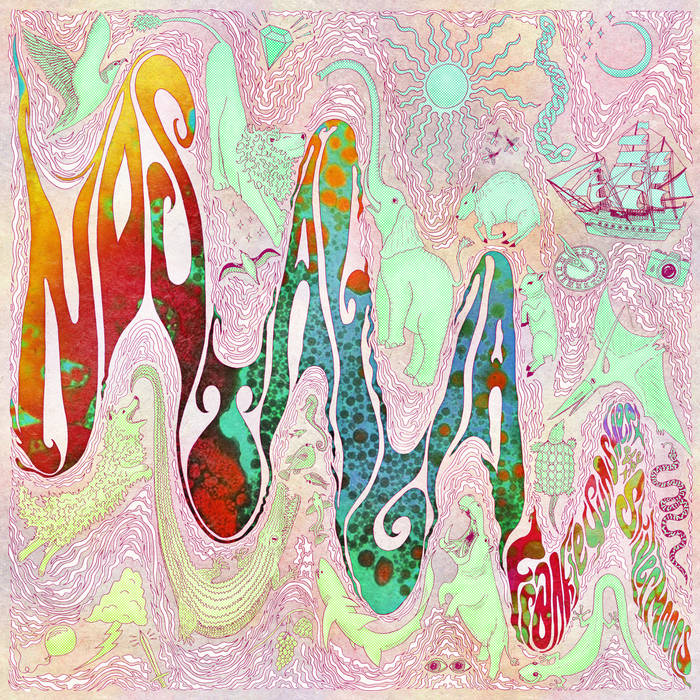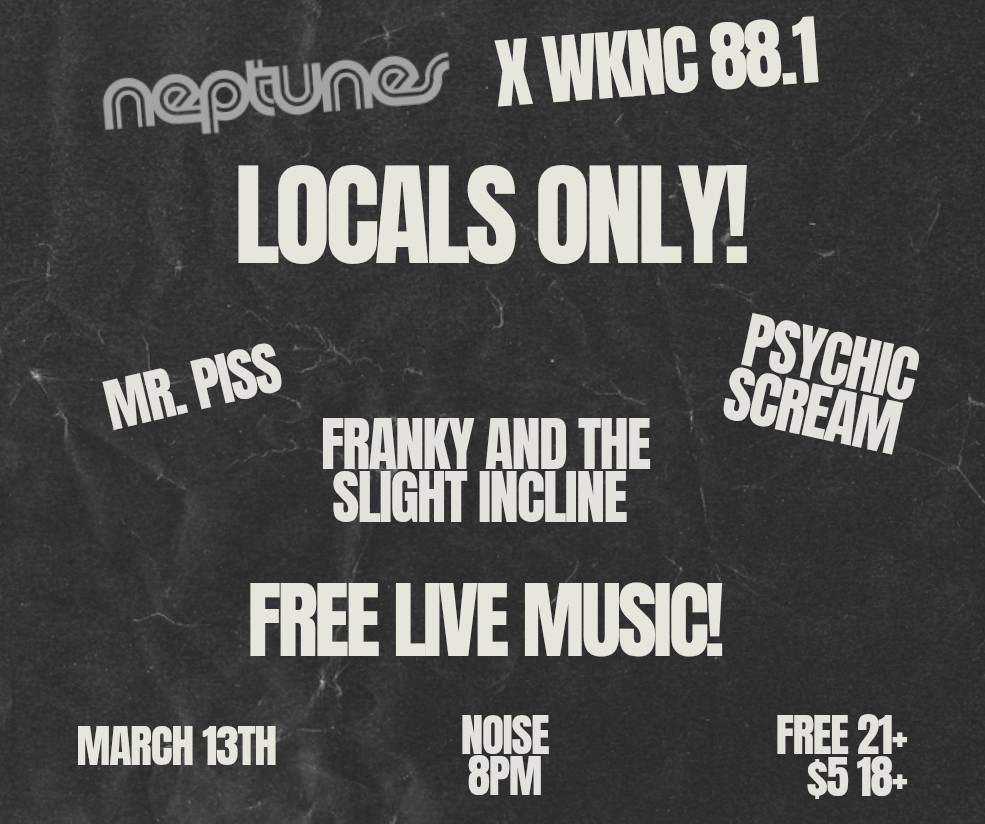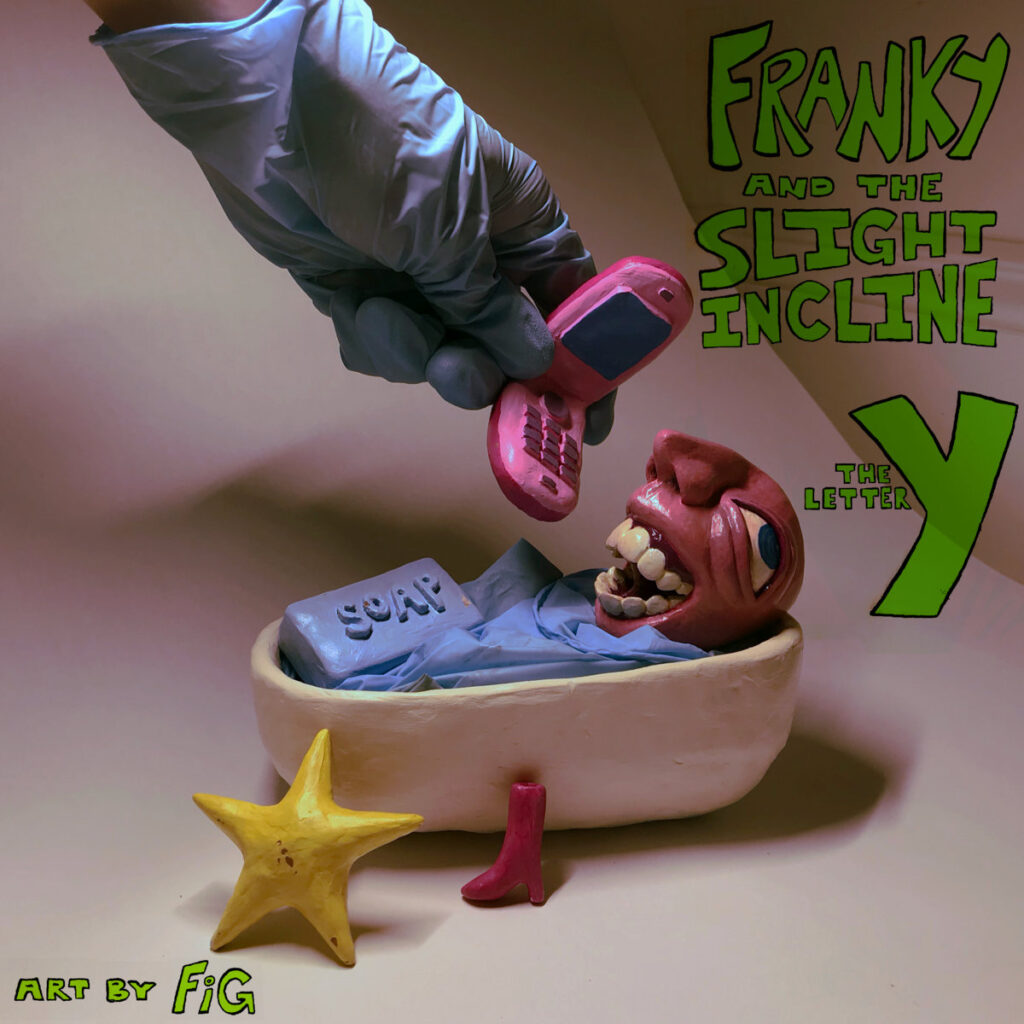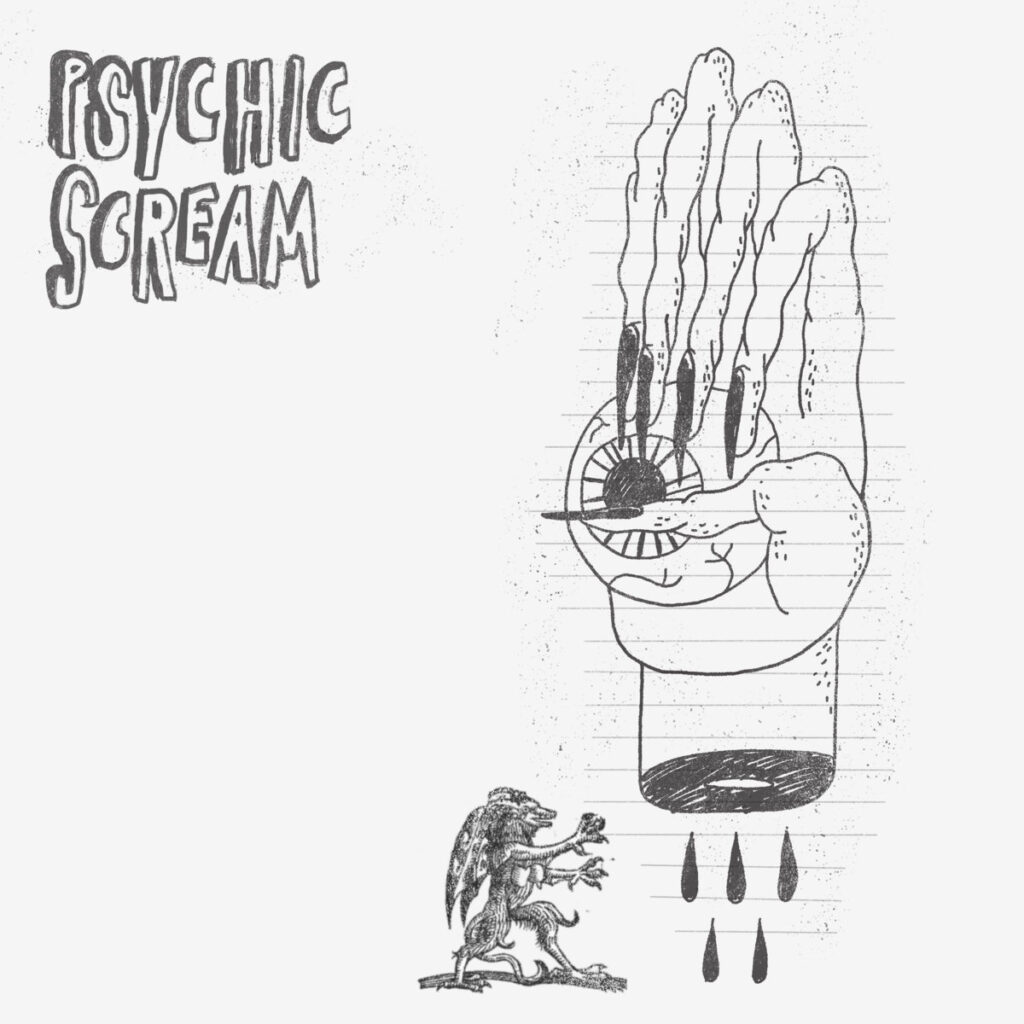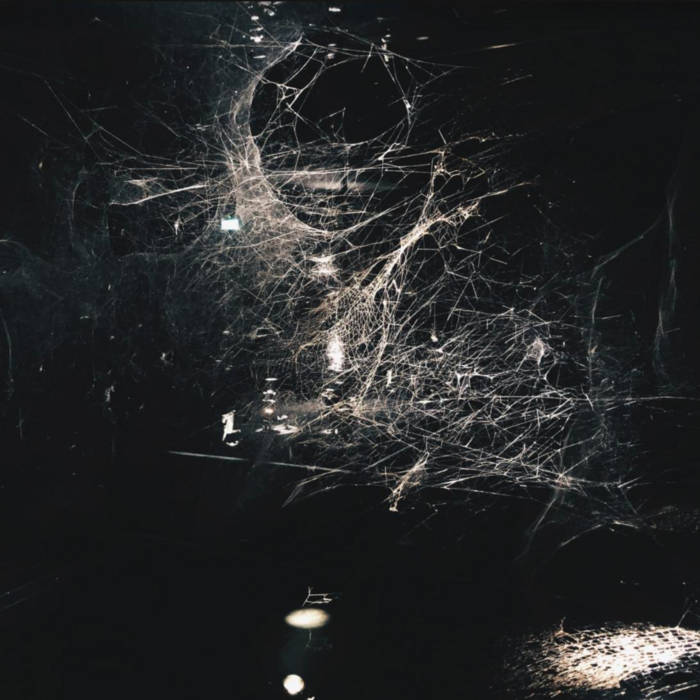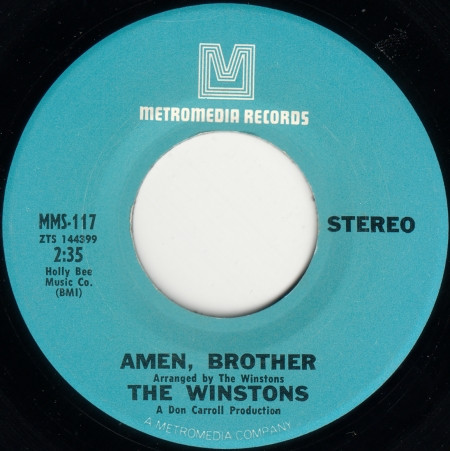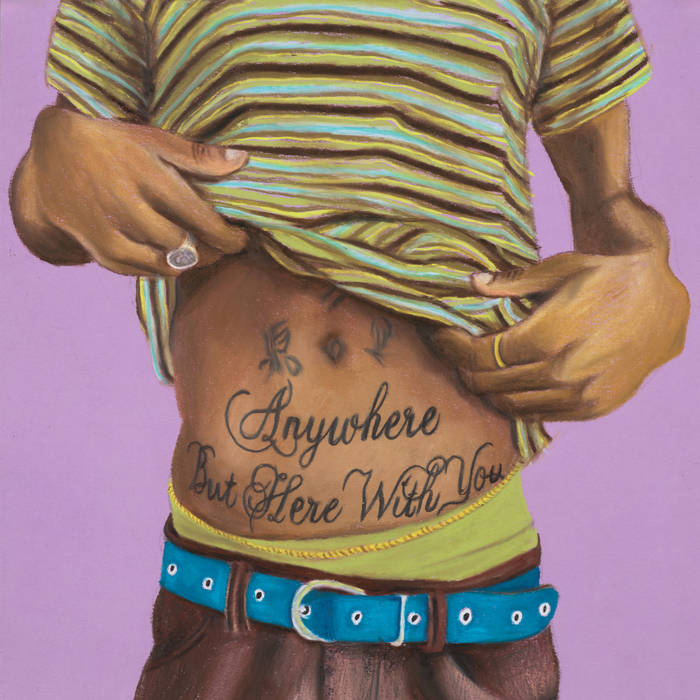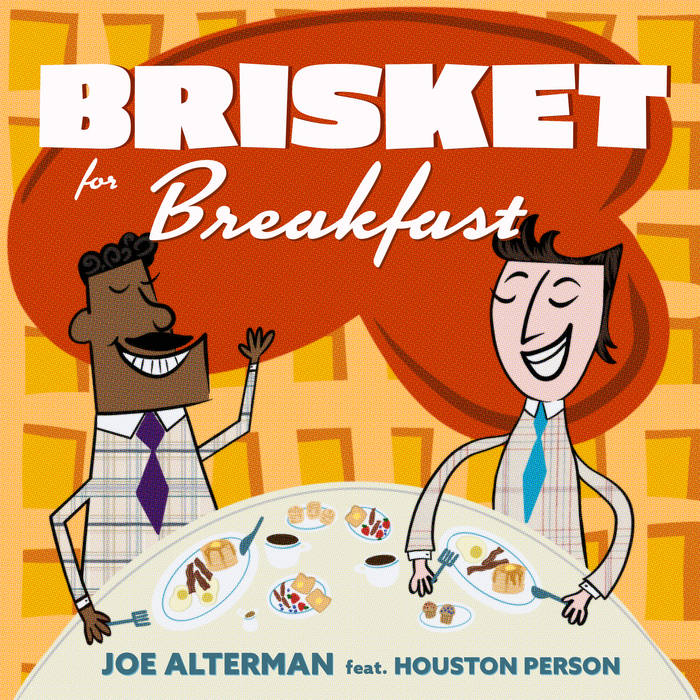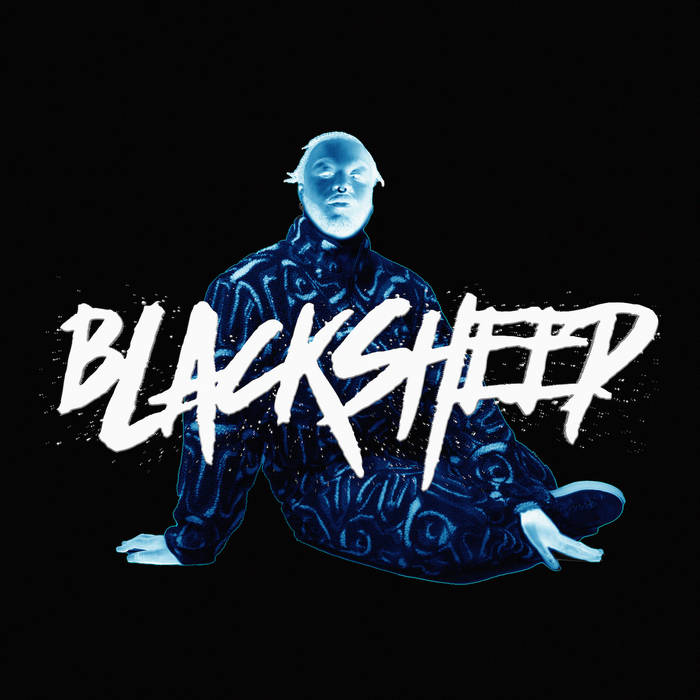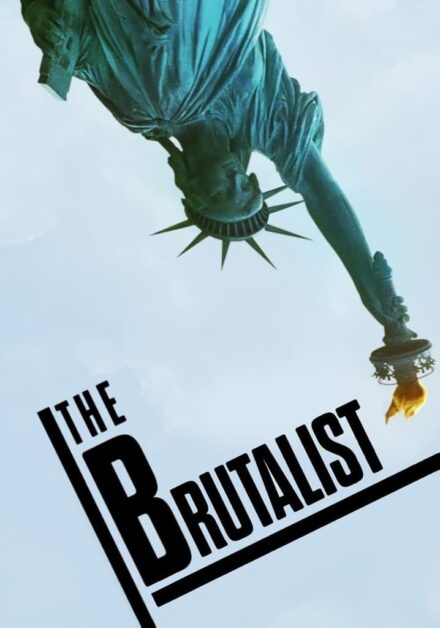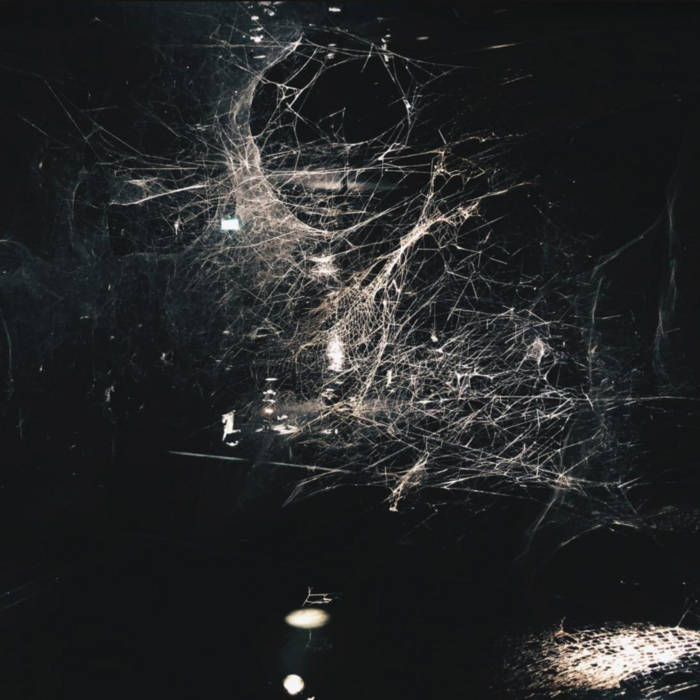What is the amen break? If you’re a fan of electronic genres like drum and bass, jungle and breakcore, or a listener of classic hip-hop, you’ve almost certainly heard this soundbite hundreds of times. It’s just a 7-second drum break, but who created it, and how did it get so big?
Origins
The amen break gets its name from its song of origin called “Amen, Brother,” released in 1969 by the soul ensemble The Winstons. The track was a B-side of the group’s much more popular single, “Color Him Father.”
It never gained much notoriety in its own right, and was pretty simple. Spposedly, the band composed it in just twenty minutes based on the gospel song “Amen” and a guitar riff courtesy of Curtis Mayfield.
The sheer disparity in scale between the original single and the sample it spawned is pretty crazy, but what’s even more nuts is the fact that the amen break itself exists completely by chance: it was added solely to elongate the track, which was initially a couple seconds too short for the band.
Sound
The curious treasure we’re examining pops up around one minute and 26 seconds into “Amen, Brother,” where all other instrumentation quiets down and the group’s drummer, Gregory Coleman, lays down a four-bar drum break.
You can hear it here on Wikipedia.
It’s a clean sequence with some key aspects that lend to its recognizability: while the first two bars are a repetition of the song’s normal beat, the third has a delayed snare and the final bar has an empty initial beat followed by a new syncopated rhythm and early crash cymbal.
I think this measured ‘imbalance’ is part of what makes it such a good sample: it’s simple enough to function in many different contexts, but at the same time it’s complex enough to avoid monotony and retain a great deal of nuance when looped.
Journey
So, how did it make it into the world of sampling?
In 1986, record-divers digging through old soul tracks included “Amen, Brother” in “Ultimate Breaks and Beats,” a series of compilation albums assembled for DJs to use in turntabling.
It caught on and was rapped over by many MCs, with one of its first steps into the charts being the single “I Desire” from the highly influential hip-hop group Salt-N-Pepa.
Within a couple years, it was thrust into the mainstream, featuring as the backbone of hits such as “Straight Outta Compton” by the legendary N.W.A.
To view its impact on electronic music, we have to shift a little both in time and space.
In the late 80s and early 90s, British DJs began using the amen break (along with various other drum breaks) as a bridge between hip-hop and house in their mixes.
Eventually, as a result of ramped-up speed and musical blending, breakbeat was birthed, forming the soil from which jungle and D’n’B bloomed.
Soon, the amen break started to be considered a real element of British pop culture, ending up in the hands of giants like David Bowie and Oasis.
However, it’s not accurate to say the UK was breakbeat’s one-and-only birthplace, even though some sources imply that.
The US developed the genre in parallel, around the same time and in a similar but different fashion to England. It had a kind of mirror double-life; in both countries it was kicked into action by local DJs, refined, reinforced and repeated in broader (but still localized) scenes, and then carried into a larger musical consciousness on the shoulders of giants.
The individuals and sets were different, but ultimately they all drew from the upstream spring that was funk and soul, and the sound pooled together again with the amen break becoming a worldwide staple of electronic music.
Shadows
This diversity of creation and practice is amazing, but unfortunately, as is common in the musical world, the contributing groups outside of mainstream whitewashed society often go overlooked and unappreciated.
Gregory Coleman, the drummer who made it all possible, died in 2006 a homeless man, likely fully unaware of his impact on music history.
Neither he nor the rest of The Winstons ever saw a penny from the break’s usage, due to them not knowing of the situation until long after the statute of limitations had passed.
In fact, The Winstons themselves disbanded only one year after “Amen, Brother” came out; as a mixed-race group at the time, they faced a lot of difficulty when it came to bookings.
The band’s leader, Richard Lewis Spencer, did eventually receive payment from a GoFundMe campaign started in an attempt to give back to the track’s creators.
Spencer, who claimed to have directed Coleman’s break, was initially outraged upon finding out about the vast sampling, but years later said its widespread usage flattered him, especially as a Black man in America.
Another band member, Phil Tolotta, said the break was solely Coleman’s creation. Either way, we’ll sadly never know how Coleman himself, who was also Black, felt about its use.
That being said, I have the feeling his break won’t be forgotten for a long time.
~DJ Tullykinesis

